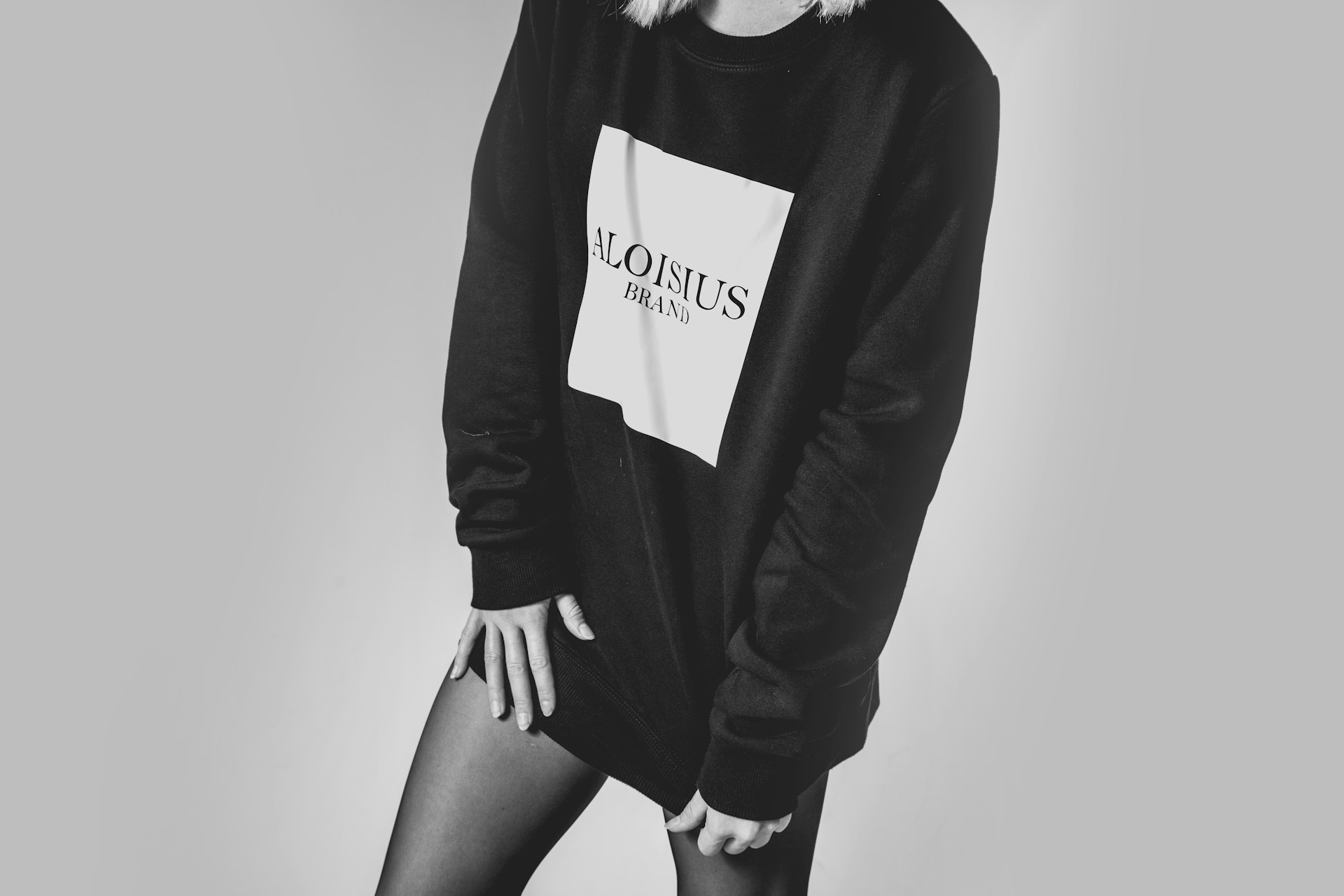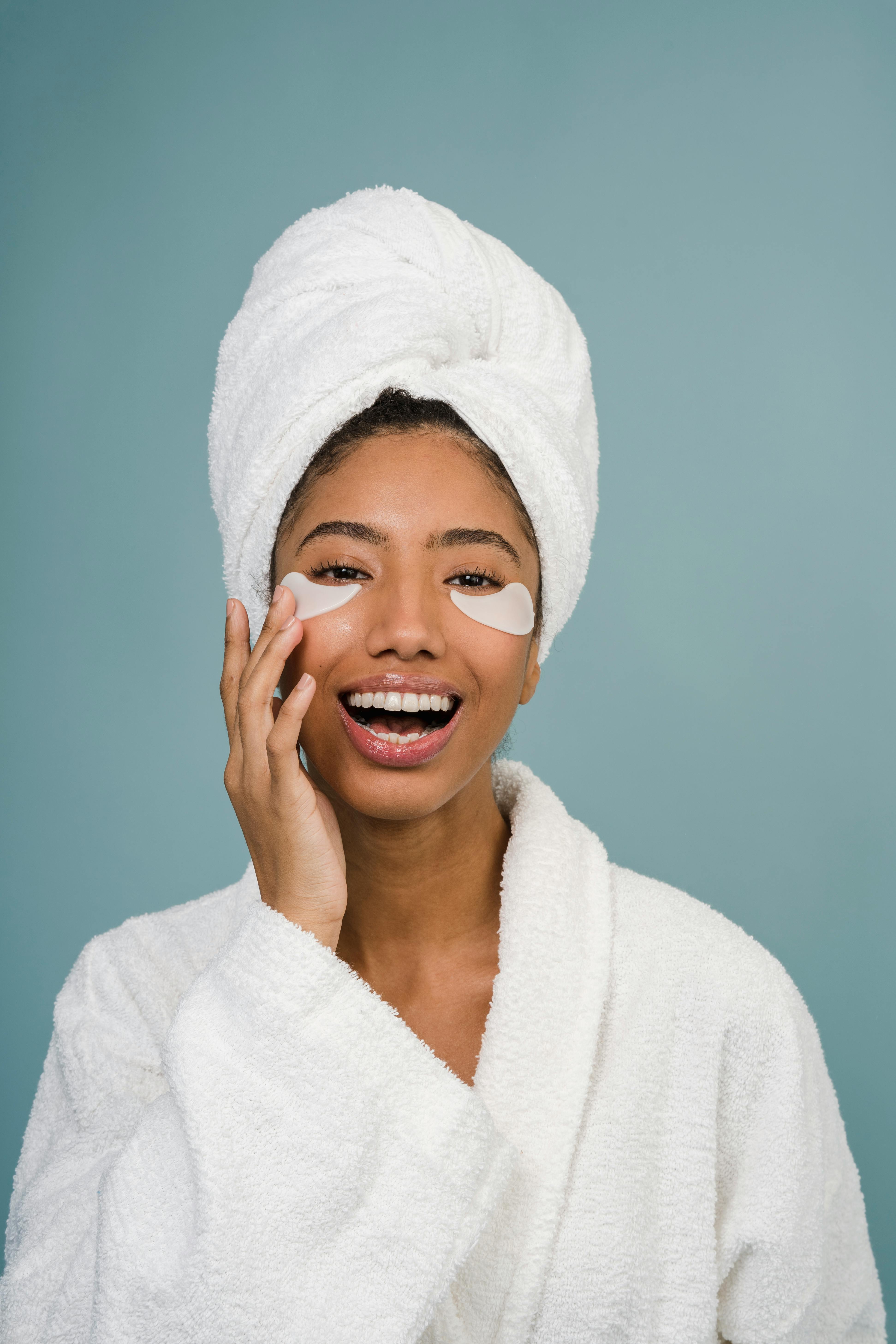Minimalist Fashion: The Art of Simplicity
When it comes to fashion, less is often more. Minimalist fashion, characterized by clean lines, simple colors, and a less-is-more approach, has become increasingly popular over the past few years. This article explores the rise of minimalist fashion, its key characteristics, the appeal of this trend, and how it has influenced consumer behavior.

A Brief History of Minimalist Fashion
Minimalist fashion is not a new trend. It emerged in the late 1980s and early 1990s in response to the excess of the 1980s. Designers like Calvin Klein, Helmut Lang, and Jil Sander were at the forefront of this movement, creating simple, clean, and timeless designs that challenged the flamboyant fashion norms of the time.
The Modern Minimalist Fashion
Today, minimalist fashion is characterized by a muted color palette, clean lines, and a focus on function over form. It’s about stripping back and focusing on the essentials, creating a look that is simple yet sophisticated. This can be seen in the popularity of clothing items like the classic white shirt, straight-leg jeans, and simple black dresses.
The Appeal of Minimalist Fashion
Minimalist fashion appeals to many because it offers a sense of simplicity and ease. It’s about choosing quality over quantity, and investing in pieces that are timeless and versatile. This trend has also been influenced by the rise of the slow fashion movement, which promotes sustainability and conscious consumerism.
Influence on Consumer Behavior
The minimalist fashion trend has greatly influenced consumer behavior. Instead of buying fast fashion pieces that quickly go out of style, consumers are now more interested in investing in high-quality, versatile pieces that will last. They are also more conscious of the environmental impact of their shopping habits, choosing to support brands that are sustainable and ethical.
Practical Tips for Embracing Minimalist Fashion
-
Start with basics: Invest in high-quality basics like a white shirt, black pants, and a simple dress. These pieces can be mixed and matched to create a variety of looks.
-
Stick to a neutral color palette: Minimalist fashion is all about simplicity, so stick to a neutral color palette. Think whites, blacks, greys, and earth tones.
-
Choose quality over quantity: Instead of buying lots of cheap, low-quality items, invest in fewer, high-quality pieces that will last.
-
Be conscious of your shopping habits: Support brands that are ethical and sustainable. This not only helps the environment but also ensures your clothes are made to last.
In conclusion, minimalist fashion is more than just a trend—it’s a lifestyle. It encourages us to slow down, simplify, and focus on what truly matters. Whether it’s through investing in high-quality basics, sticking to a neutral color palette, or supporting sustainable brands, there are many ways to embrace this refreshing approach to fashion. The rise of minimalist fashion shows that sometimes, less really is more.




